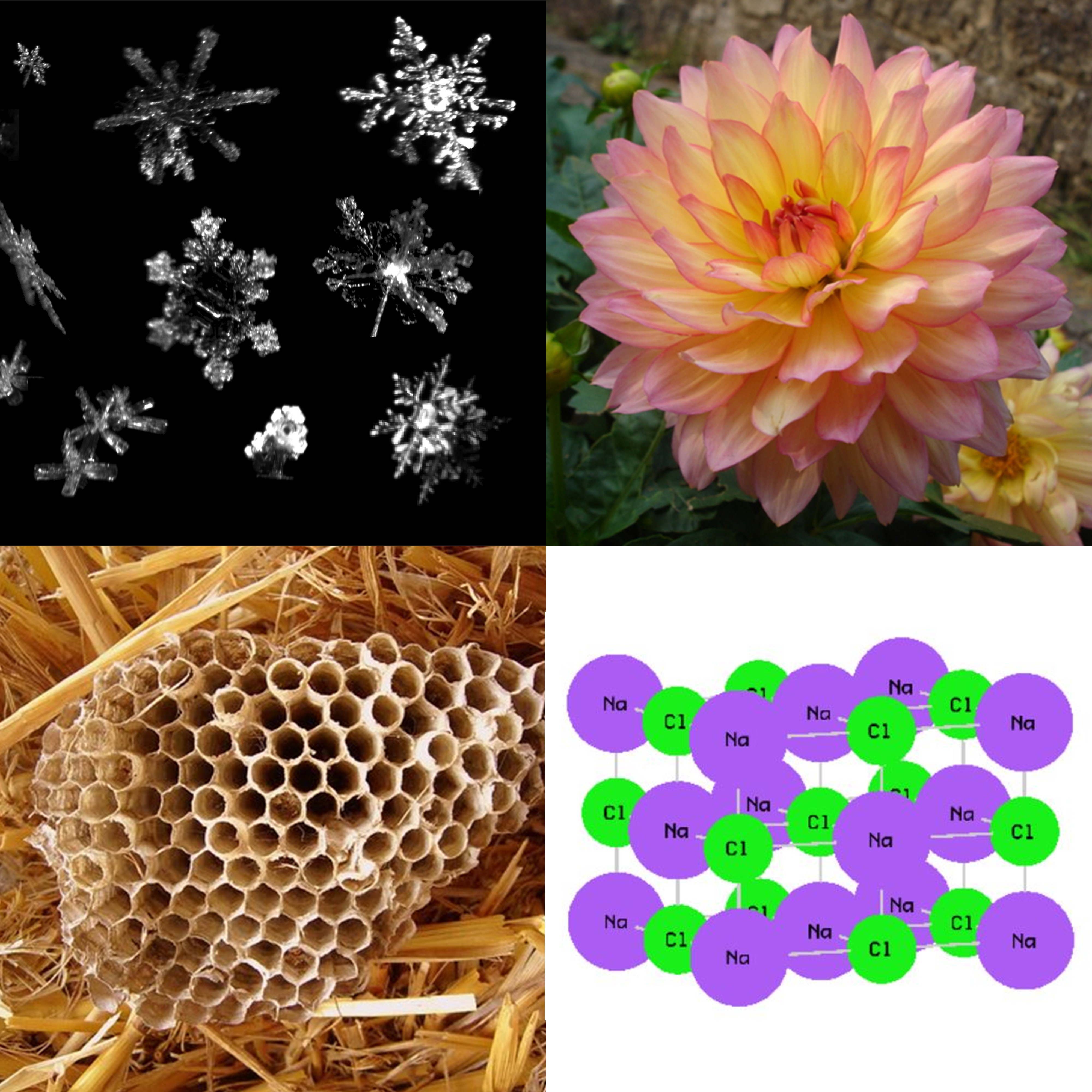![[A top view of the crystal structure of graphene. The carbon atoms occupy the vertices of the hexagons, which collectively form a honeycomb pattern.]](https://blogs.iu.edu/sciu/files/2023/09/Graphene.svg.png)
You’re likely familiar with graphite: the chalky gray material we often refer to as pencil lead. In recent years, graphite has been making headlines due to increased interest in its younger sibling: graphene, lauded as a supermaterial of the new age for properties that hold out the promise of novel technological feats. Graphene has the potential to replace silicon-based computer chips, improve the performance of touchscreens, realize ultra-sensitive biometric sensor devices, and even faster charging and increased storage capacity in batteries and capacitors…
Tag: nanomaterials
Ordering disordered materials

When we look around the world, we see order and symmetry. It’s evident in snowflakes, flowers, and beehives, just to name a few. Going beyond what the plain eye can see, we also know that several chemical structures consist of ordered atoms. For example, think of sodium chloride (more plainly known as table salt). Its… Read more »
Nanomaterials that inhibit bacterial growth
Nanomaterials are fast becoming the materials of the future. Just this year three scientists were awarded the Nobel Prize in Chemistry for their work in understanding Molecular Machines. Each time period in human history has been defined by the materials that we are able to harness–the Stone Age, the Bronze Age, and now, the Nanomaterial… Read more »
Bio-inspired nanomaterials: Viruses aren’t all that bad
Viruses are often associated with disease, but they can also be useful. Viruses infect many organisms other than humans, including plants and bacteria. Aside from being infectious, the actual structure of a virus can be harnessed as a material. For example, a virus cage can be used to deliver drugs to our cells or to… Read more »